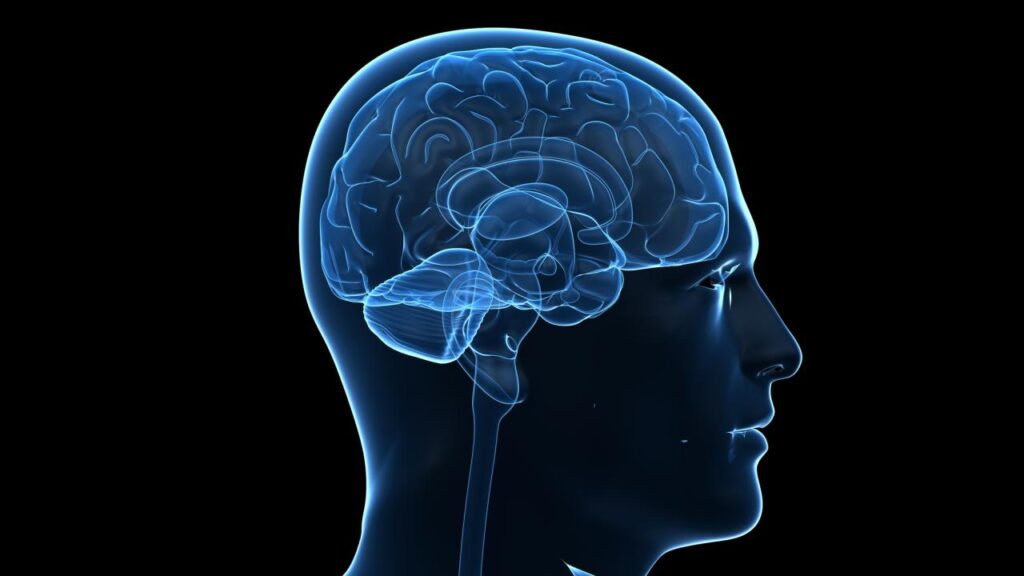
What makes the human brain distinctive? A groundbreaking study published on July 21 in the journal Cell identifies two genes linked to unique human brain features, offering a promising road map to uncover many more. This research, conducted by a team at UC Davis, could lead to significant insights into the functioning and evolution of the human brain, as well as the origins of language disorders and autism.
The newly characterized genes are located within the “dark matter” of the human genome—regions of DNA rich in duplicated or repeat sequences that have, until recently, been notoriously difficult to study. If assembling a DNA sequence is akin to piecing together a book from torn-up pages, reconstructing it from repeat sequences is like trying to match pages using only words like “and” and “the,” leading to numerous opportunities for mismatches and overlaps.
Despite these challenges, DNA repeats are believed to play a crucial role in evolution, as they can generate new versions of existing genes for natural selection to act upon. According to senior author Megan Dennis, associate director of genomics at the UC Davis Genome Center, “Historically, this has been a very challenging problem. People don’t know where to start.”
Breakthroughs in Genome Sequencing
In 2022, Dennis co-authored a paper that described the first sequence of a complete human genome, known as the ‘telomere to telomere’ reference genome. This comprehensive reference includes the difficult regions omitted from the first draft published in 2001 and is now being leveraged to make new discoveries.
Using this telomere-to-telomere human genome, Dennis and her colleagues identified duplicated genes that are expressed in the brain, found in all humans based on sequences from the 1000 Genomes Project, and conserved, meaning they show little variation among individuals. This method yielded approximately 250 candidate gene families.
From Zebrafish to Human Brain Insights
Among these candidates, the researchers selected several for further study using zebrafish as an animal model. By both deleting genes and introducing human-duplicated genes into zebrafish, they demonstrated that at least two of these genes might contribute to human brain features. One gene, GPR89B, was linked to a slightly larger brain size, while another, FRMPD2B, influenced altered synapse signaling.
“It’s pretty cool to think that you can use fish to test a human brain trait,” Dennis remarked.
The dataset presented in the Cell paper is intended as a valuable resource for the scientific community. It aims to facilitate the screening of duplicated regions for mutations, such as those related to language deficits or autism, which may have been overlooked in previous genome-wide screenings.
Implications for Future Research
The implications of this research are vast. By opening up new areas of study, scientists may better understand the genetic underpinnings of complex brain disorders and traits. This could eventually lead to improved diagnostic tools and therapies for conditions like autism and language disorders.
Additional co-authors of the study include Daniela Soto, José Uribe-Salazar, Gulhan Kaya, Ricardo Valdarrago, Aarthi Sekar, Nicholas Haghani, Keiko Hino, Gabriana La, Natasha Ann Mariano, Cole Ingamells, Aidan Baraban, Zoeb Jamal, Sergi Simó, and Gerald Quon, all affiliated with UC Davis; Tychele Turner from Washington University St. Louis; Eric Green from the National Human Genome Research Institute in Bethesda, Md.; and Aida Andrés from University College, London.
This research was supported in part by grants from the National Institutes of Health, the National Science Foundation, and The Wellcome Trust. As the scientific community continues to explore the complexities of the human genome, studies like this one highlight the importance of innovative approaches to unravel the mysteries of human evolution and brain development.





